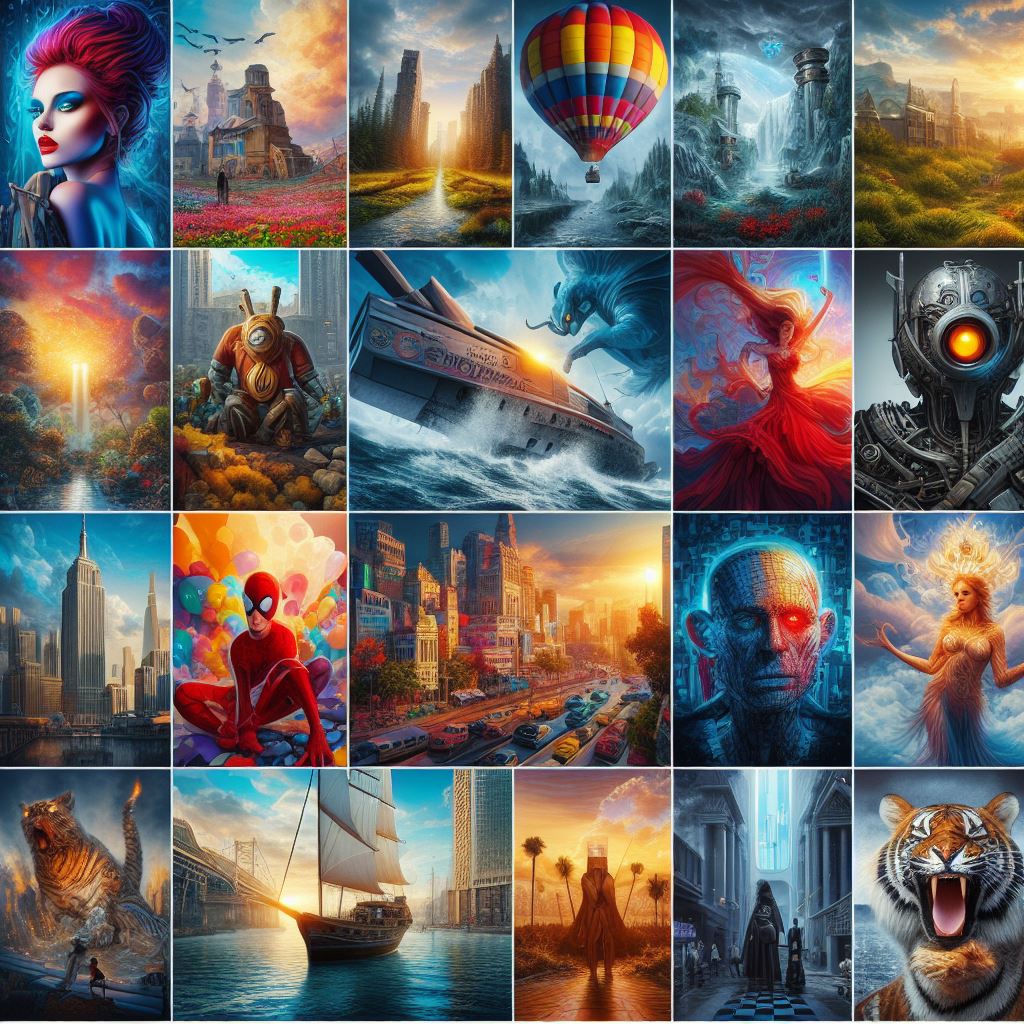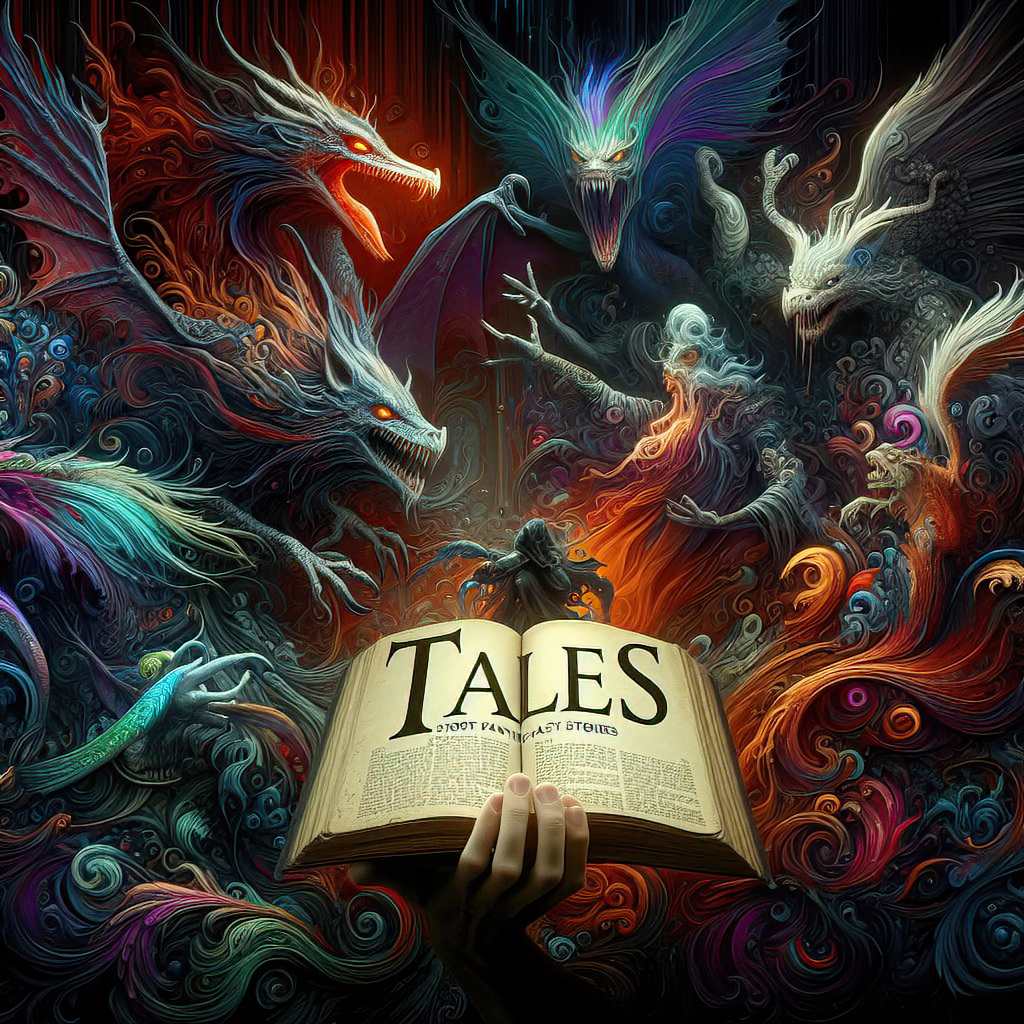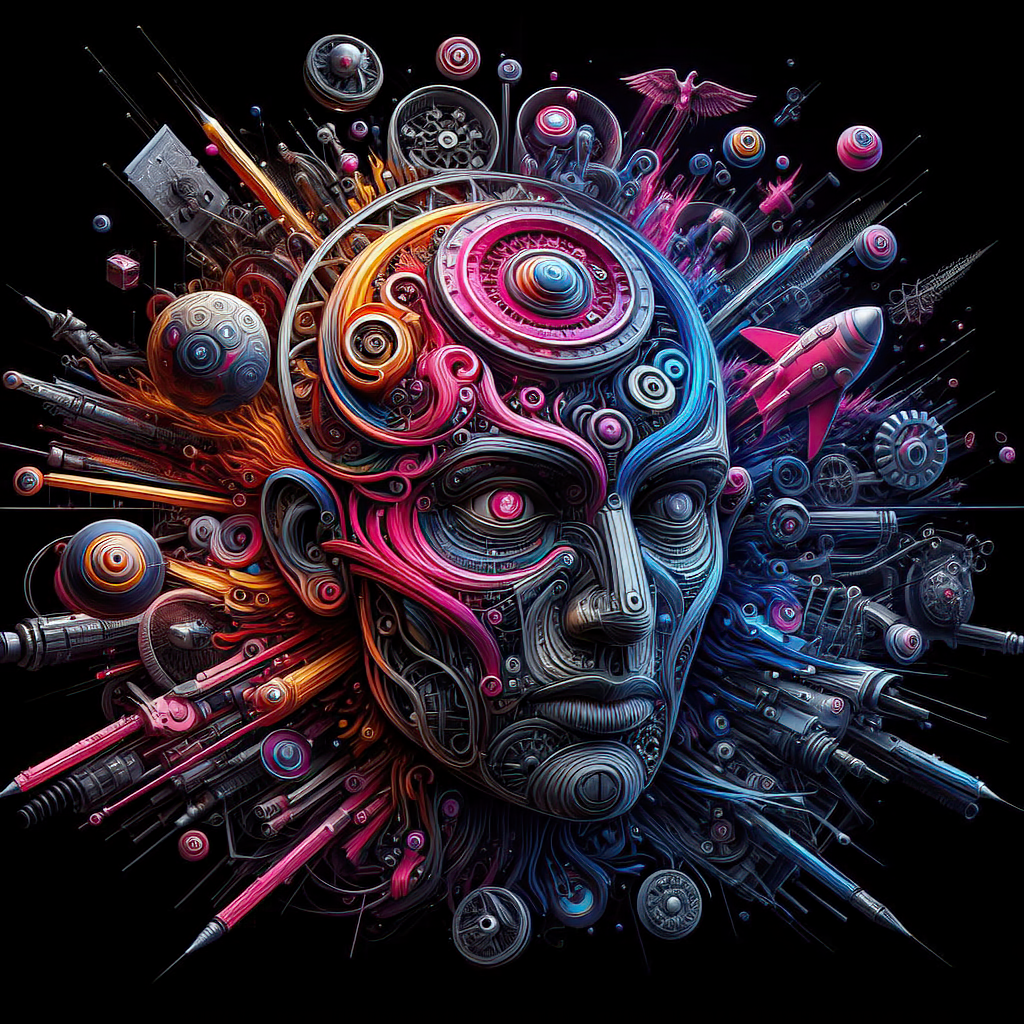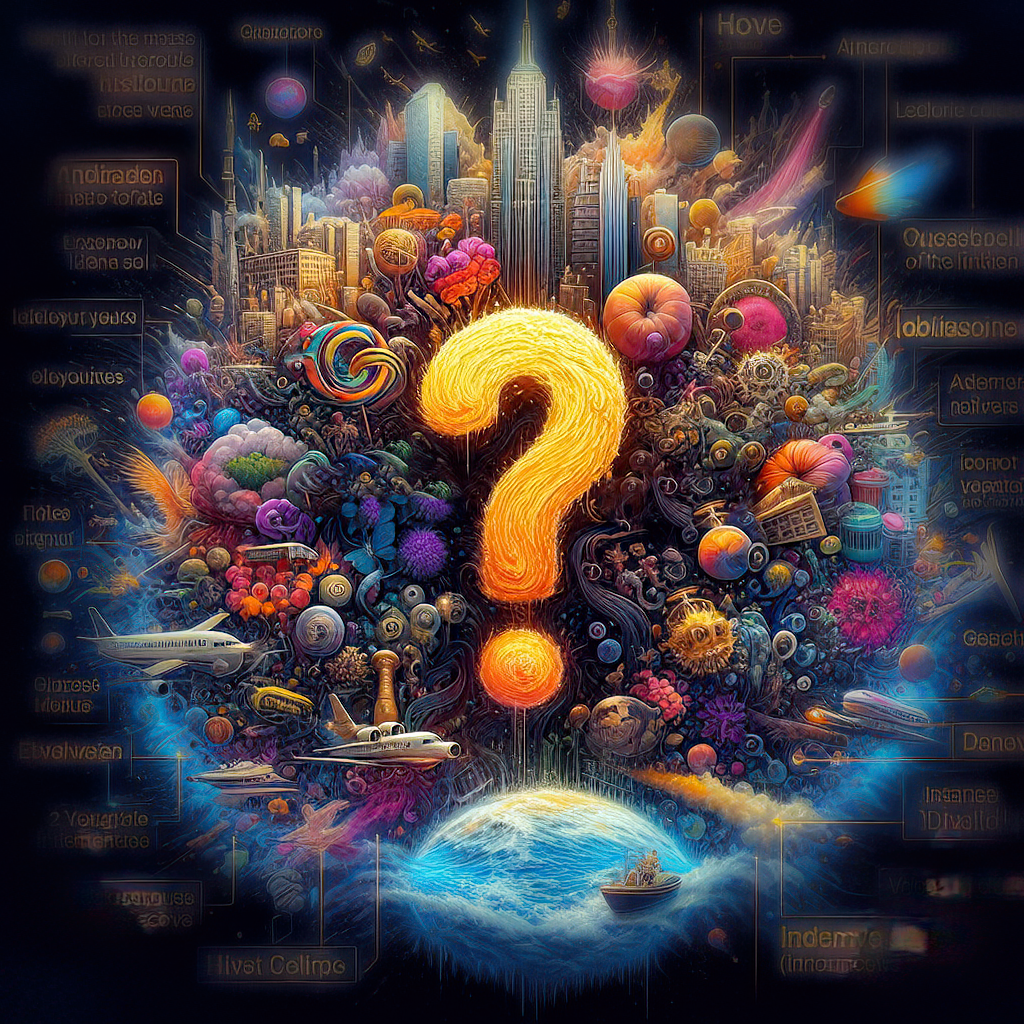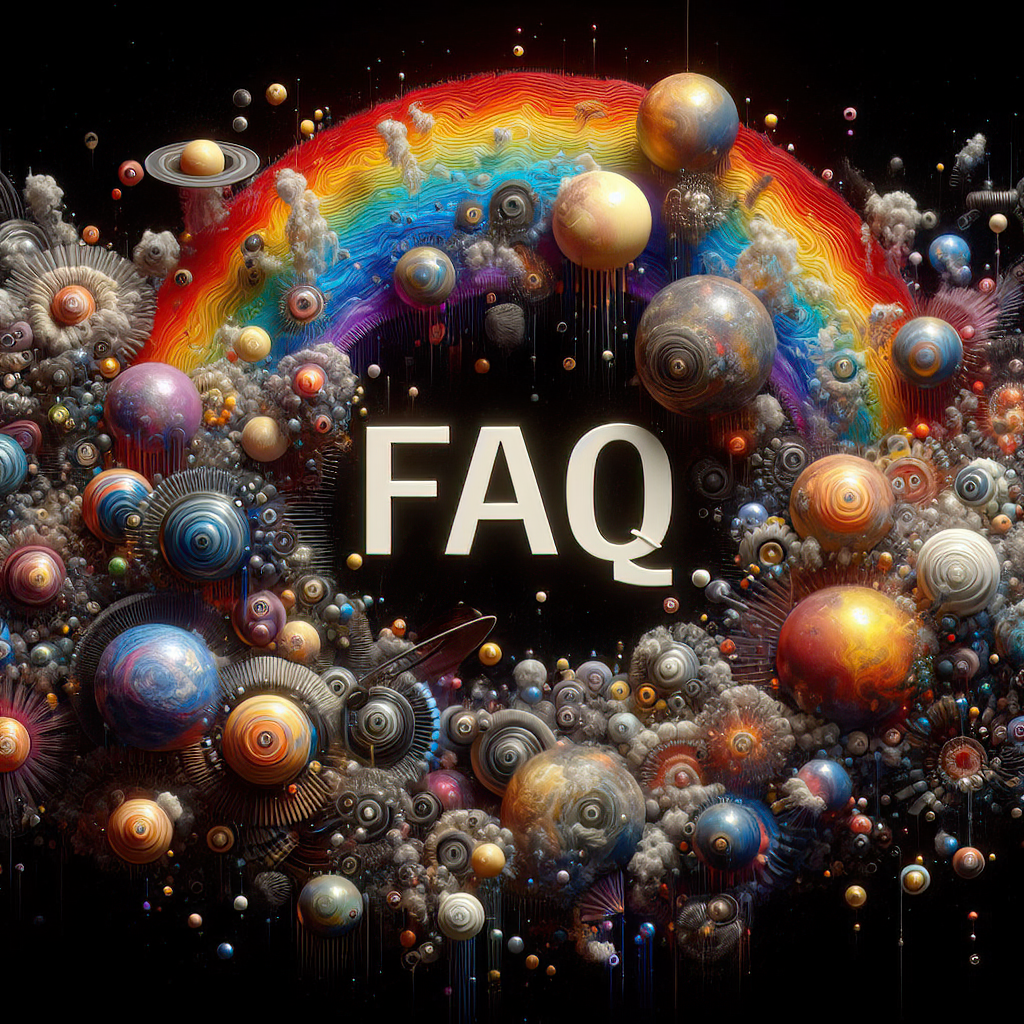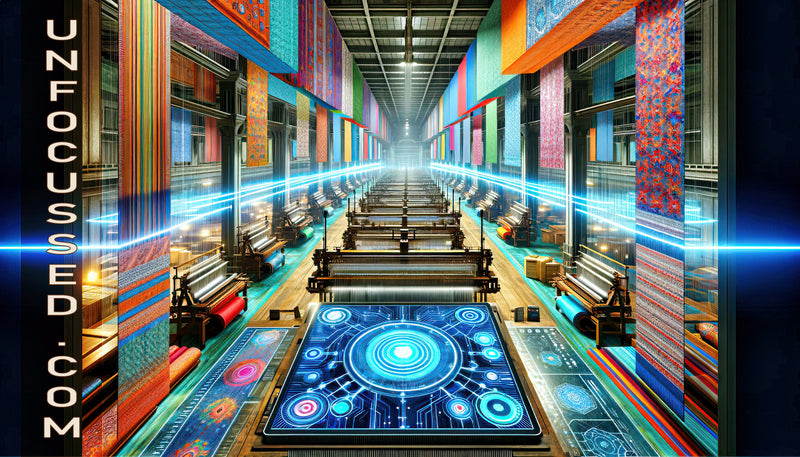
by Bill Tiepelman
Traditional Textiles Meet AI: A New Era of Fabric Design
The world of textile design is witnessing a revolutionary shift as traditional techniques intersect with artificial intelligence (AI). This fusion is redefining the aesthetic and functionality of fabrics. Discover how AI is ushering in a new era for fabric design, impacting pattern creation, color and texture innovations, and weaving processes. AI-Driven Pattern Generation The initial design phase in textiles is a period marked by creativity and innovation, where designers conceptualize and sketch out their visions for fabric patterns and motifs. This phase is foundational to the textile industry, setting the tone for the aesthetic and functional qualities of the final product. Traditionally, this process has been manual and time-intensive, relying heavily on the designer's experience, intuition, and understanding of current trends and historical influences. Today, artificial intelligence (AI) is revolutionizing this crucial initial phase by introducing new tools and methodologies that significantly enhance the creative process. AI, particularly through the use of machine learning algorithms, is enabling designers to explore new horizons in pattern and motif generation. These AI-driven tools can sift through extensive databases of historical textile patterns, analyze current fashion trends, and draw on vast collections of cultural symbols and images to inspire new designs. This process, which blends data analysis with creative generation, allows designers to identify unique combinations and styles that may not have been obvious or accessible through traditional methods. Moreover, AI's capability to process and analyze large datasets extends beyond simple pattern creation. It encompasses understanding color theory, fabric textures, and consumer preferences, thereby offering a holistic approach to design that aligns with market demands and historical relevance. This informed approach enables designers to create patterns that are not only aesthetically pleasing but also culturally and contextually relevant. The customization aspect of AI-driven design is particularly groundbreaking. Designers can input specific criteria or themes into the AI system, which then generates patterns and motifs based on these inputs. This means that designs can be tailored to very specific markets, occasions, or even individual customers, with a level of detail and personalization that was previously unattainable. Furthermore, AI significantly speeds up the pattern development process. What once took days or weeks in the conceptualization and revision phases can now be accomplished in hours or even minutes. This rapid generation and iteration mean that designers can experiment with a broader range of ideas, refine their concepts more thoroughly, and respond more quickly to changing market trends or client feedback. In summary, the integration of AI into the initial design phase of textile creation represents a significant shift in how designers approach their work. By harnessing the power of machine learning, designers are not only able to create more innovative and personalized designs but also do so faster and more efficiently. This fusion of technology and creativity is paving the way for a new era in textile design, where the possibilities are as expansive as the algorithms that drive them. Color and Texture Innovations AI is also influencing the way colors and textures are developed in fabrics. By leveraging vast databases of color theory and textile properties, AI can suggest color combinations and textures that were previously unexplored. These AI-driven innovations can lead to fabrics that are not only visually striking but also more sustainable, as AI can optimize for dye usage and fabric waste. Enhanced Weaving Techniques Beyond design, AI is transforming how fabrics are produced. Smart looms, integrated with AI algorithms, can adapt weaving techniques in real-time to achieve desired textures and strengths. This integration can lead to the creation of fabrics with new properties, such as enhanced durability, flexibility, or thermal insulation. Personalization and Customization One of the most exciting prospects of AI in textile design is the level of personalization it offers. Consumers can input their preferences, and AI algorithms can tailor designs to fit individual tastes and needs. This level of customization is transforming the consumer experience, making it more interactive and personal. Sustainability and Ethical Manufacturing AI's impact extends to sustainability in textile manufacturing. By optimizing patterns to reduce waste and predicting the amount of material needed, AI helps in creating more sustainable production processes. Furthermore, AI can assist in ensuring ethical manufacturing practices by monitoring supply chains and factory conditions. The intersection of traditional textiles and AI is not just a trend; it's a significant shift towards a more innovative, sustainable, and personalized future in fabric design. As we continue to explore this fusion, we can expect to see textiles that are not only beautiful and functional but also more in tune with the individual and environmental needs of our time.

